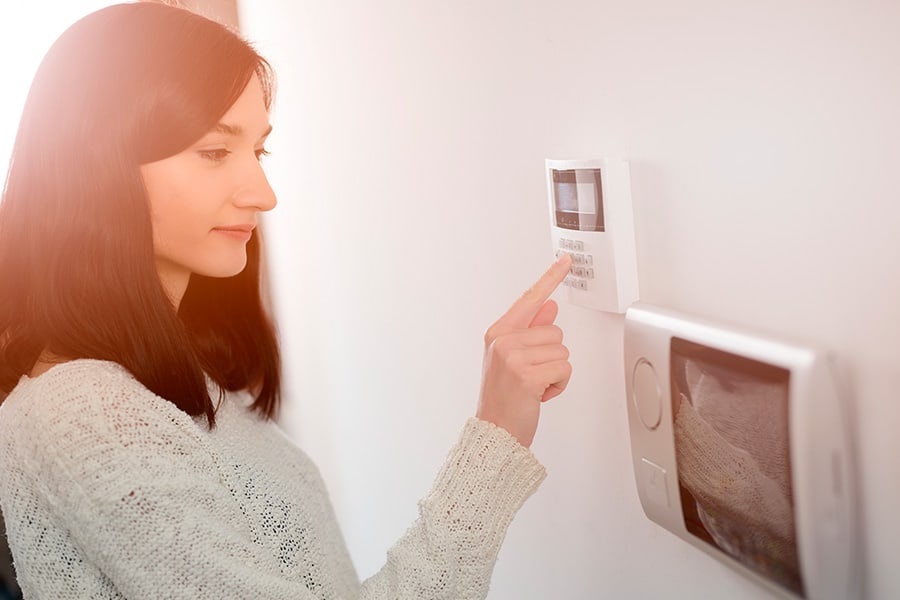A.I (UNDERSTANDING ARTIFICIAL INTELLIGENCE)
A combination of three key technological systems – real-time data collected by sensors and cameras; connectivity; and open, transparent and accessible data platforms – smart cities strive to be more efficient and responsive to the needs of their constituents in every area of urban life, from environmental quality and safety to the most complex medical procedures. Given that crime concerns are a major problem for many cities, public security often is important in the pursuit of smart cities.
While improving security in our cities is certainly a good improvement, it often comes at the expense of much greater oversight. In addition to privacy concerns, the resulting flow of data from sensors and surveillance cameras – and let us not forget the contribution of social media – is too large for human analysts to take full advantage of. However, artificial intelligence can solve this problem. This article examines the role of different artificial intelligence technologies in physical security, starting with an explanation of the difference between traditional security technologies and artificial intelligence technologies.
What is deep learning technology?
Machine learning involves collecting large amounts of problem-related data, training a model with that data, and using that model to process new data. There have been many developments in the machine learning industry called Deep Learning. Defines a family of algorithms based on neural networks. These algorithms can be effectively learned from an example and then used to learn new data.
Traditional versus AI-Enhanced Video Analytics
Everyone seems to want to get into the AI revolution; but because this technology is so advanced and so misunderstood, it is easy to reverse this term without using it correctly. Take, for example, the case of video analytics (VA), which has long been part of the security world.
The relationship between deep learning and artificial intelligence
Thanks to deep learning, you can display many different images on your computer and it will “learn” to recognize differences. This is the “training” phase. Once the neural network learns about the data, it can now use “inference” to interpret the new data based on what it has learned. For example, if you have seen enough cats before, the system will know if the new image is a cat. In essence, the system “learns” by viewing large amounts of data to achieve artificial intelligence (AI).
Video analytics begins by collecting watch videos from as many places as possible, and then the information in the videos is analyzed by human analysts using imaging technology to “see” ways that are not. This type of technology is more sophisticated, but that doesn’t mean it uses artificial intelligence.
So how does VA with artificial intelligence differ from traditional VA?
For technology to be truly artificial intelligence, it must go beyond routine data collection and analysis, and patterns can be identified not only from the data it collects and analyzes, but also through various data to draw conclusions about the present, future predictions, and connections between seemingly unrelated events. Video analysis involves identifying patterns in many historical data that show, for example, how humans and dogs behave, so that even if fog or heavy rain make it impossible to unambiguously identify a questionable number, the technology can be discovered. whether it is a human or a dog and deciding whether it poses a threat may require further action.
This means that artificial intelligence is not only able to manage large amounts of data; in fact, it requires a large amount of different types of data to identify patterns that can reveal dubious behavior and threats that would otherwise be hidden.
Facial Recognition: A Staple of AI-Driven Physical Security
Facial recognition is an AI technology that’s used extensively in the physical security realm. Companies like Digital Barriers and many others employ facial recognition technology to monitor for people on watch lists as well as to verify identities efficiently and in real time by using facial databases in combination with other data, such as behavior patterns captured on video.
Machine Learning as Applied in Physical Security
Machine learning is a type of artificial intelligence where a technology is able to learn, by being programmed with defining criteria, and to alter its algorithms as it learns more about the data it is processing. As applied in the physical security industry, machine learning is often used to distinguish normal behaviors from suspicious behaviors.
This type of AI is also used to enable unmanned vehicles such as robots and drones to process visual and many other types of data as well as to learn from their experiences and teach other machines. Machine learning technology can expand the scope of monitoring areas, increase efficiency and save lives when deployed in dangerous scenarios.
Deep learning applies to the security sector
Deep learning technology, which is considered a subset of machine learning, learns by exposing large amounts of data. The more data the program receives, the smarter the deep learning algorithm.
The latest security systems use deep learning to identify everything from people, animals, cars and static objects to weather conditions and times of day. For example, Video Intelligence has deployed smart cameras powered by deep learning algorithms that capture video and accurately classify image objects based on patterns that serve as ethics-comparing models, helping their clients save money by reducing error alarms. Predictive intelligence for security management As we have seen in the shocking live broadcast of the New Zealand massacre, social media can have a huge impact on society. And social media is mainly investigated by security guards at airports and other checkpoints who want to prevent dangerous incidents.
The second scenario is considered to be predictive intelligence driven by artificial intelligence because social media data is correlated with other data flows and analyzed to see if there are any deviations from indicators that may be a prediction of a bad event.
It is not difficult to understand how artificial intelligence analysis, combined with the speed of social media and the sheer power of vast amounts of data collected by a growing number of sensors located in the urban landscape, can be a powerful tool for cities. as places, businesses and other organizations that have a deep interest in safety and security, in order to prevent or at least reduce the risk of a tragic incident that occurs under certain supervision.
Cyber security and physical security
The field of IoT devices and sensors is expanding, creating greater potential for cyber attacks affecting physical security. A combined approach to cyber and physical security seems to increase the risk of a threat, but in reality it provides a lot of data to monitor the threat at source and neutralize it before it occurs. In this way, technology can help ever-evolving work and gaming systems become safer and more efficient with minimal need for human intervention.
Understanding the impact of digital space on physical security allows you to create new solutions for a safer and more autonomous secure future. These solutions will include better AI analysis, object classification, intelligent search, seamless access, and more. Autonomous security systems will provide the comprehensive security, free staff, and responses to maintain the level of security companies need to survive in an era of digital transformation.

